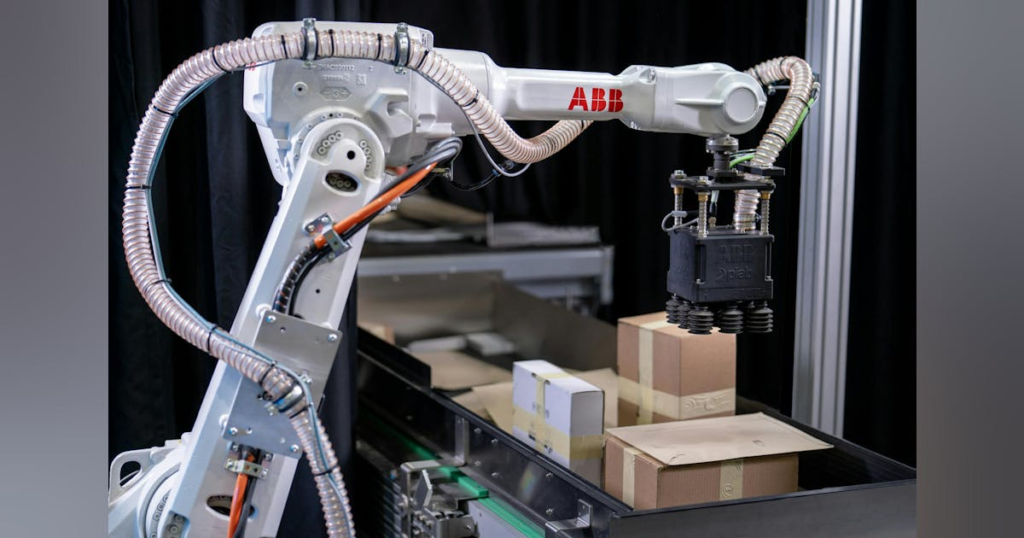As the market increasingly moves towards automation, small and medium-sized businesses (SMBs) have an opportunity to leverage technology to streamline operations, improve efficiency, and reduce costs. With advanced AI tools such as Make and Zapier, these businesses can automate their workflows in a structured manner, enabling them to focus on growth while minimizing manual processes. Here, we explore how SMB leaders can implement automation strategies effectively.
The first step in automating workflows is identifying repetitive tasks that consume valuable time and resources. Begin by mapping out your core processes and pinpointing areas where manual intervention is a bottleneck. For instance, you might find that data entry, email notifications, or customer follow-ups significantly slow down your team’s performance. By recognizing these pain points, you lay the groundwork for an effective automation strategy.
Once you’ve identified areas for automation, the next step is to evaluate the tools at your disposal. Platforms like Make and Zapier are particularly suited for SMBs. These tools allow you to connect different applications, creating automated workflows without requiring extensive programming knowledge. For example, if you’re using a Customer Relationship Management (CRM) system, you can integrate it with your email marketing software. This integration can automatically update customer information, streamline communication, and ensure consistency across platforms.
Creating your first automated workflow involves choosing a specific task to automate. For instance, let’s say you want to automate the process of sending a follow-up email after a sale is made. In Make or Zapier, you can start by setting a trigger, such as when a new sale is recorded in your CRM. The next step would be to configure the action, which would be sending an email through your preferred email service. This simple setup not only saves time but also enhances customer service, ensuring that your clients receive timely communication.
However, while automation holds significant promise, SMBs must also be mindful of the associated risks. One key concern is the potential for errors if the automated workflows are not accurately configured. To mitigate this, it’s crucial to test your workflows thoroughly before moving them into production. Begin with a small subset of data to evaluate the performance and effectiveness of the automation. Monitor for any discrepancies or issues, and make adjustments as necessary.
Another consideration is the capacity to scale automation as your business grows. Start small and gradually introduce new workflows. For instance, after having successfully automated sales follow-ups, consider automating invoice creation or customer feedback collection next. Regularly reassess your processes and technology stack to ensure that they can accommodate the evolving needs of your business.
When evaluating the return on investment (ROI) of your automation initiatives, consider both direct and indirect benefits. While the time saved on tasks is a clear benefit, there may also be improvements in customer satisfaction, which can lead to increased retention and referrals. Additionally, the ability to allocate resources more effectively may enable your team to focus on strategic initiatives, ultimately driving growth and innovation.
Implementation should also include training for your team to ensure they are comfortable with the new systems. Many automation platforms offer user-friendly interfaces, but initial resistance to changes in routine can occur. Providing adequate support, tutorials, and ongoing education will be essential for maximizing the potential of automation in your business.
As you proceed, remain aware of evolving technologies and opportunities for further improvement. AI continues to advance swiftly, and new solutions are regularly emerging. Stay informed about trends and potential upgrades that could add value to your operations. Establishing a culture of continuous improvement can serve as a significant competitive advantage in an increasingly automated environment.
In conclusion, automation presents a transformative opportunity for SMBs to enhance efficiency and position themselves for sustainable growth. By taking a structured approach to identify, implement, and scale automation solutions, businesses can achieve a tangible ROI while minimizing risks associated with operational changes. As you explore these options, keep your focus on incremental improvements and iterative testing to ensure that your automation initiatives align with your long-term business objectives.
FlowMind AI Insight: Embracing automation through AI-driven tools offers SMBs not just efficiency gains but also a chance to reallocate human talent towards strategic initiatives. By continuously evaluating and evolving your automated processes, you can sustain a competitive edge in an increasingly dynamic market landscape.
Original article: Read here
2025-09-08 14:16:00

